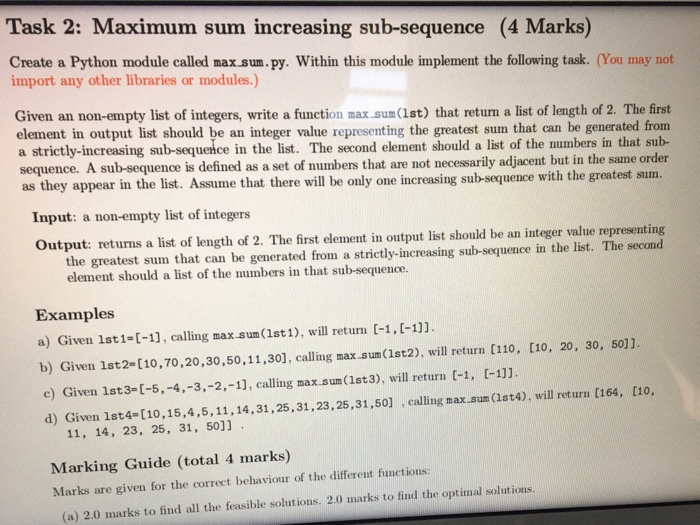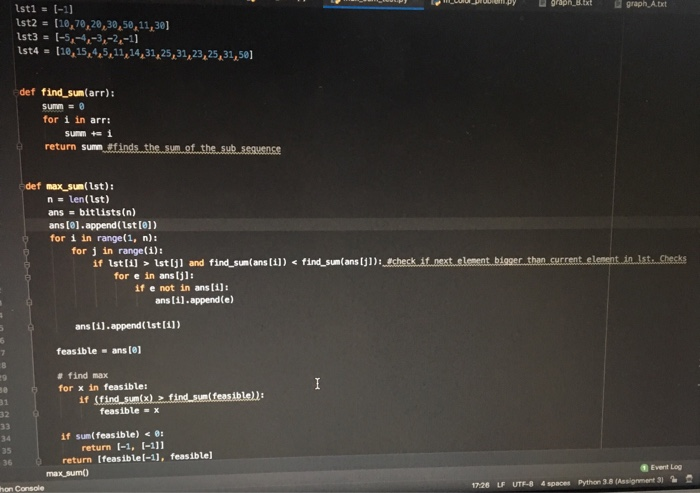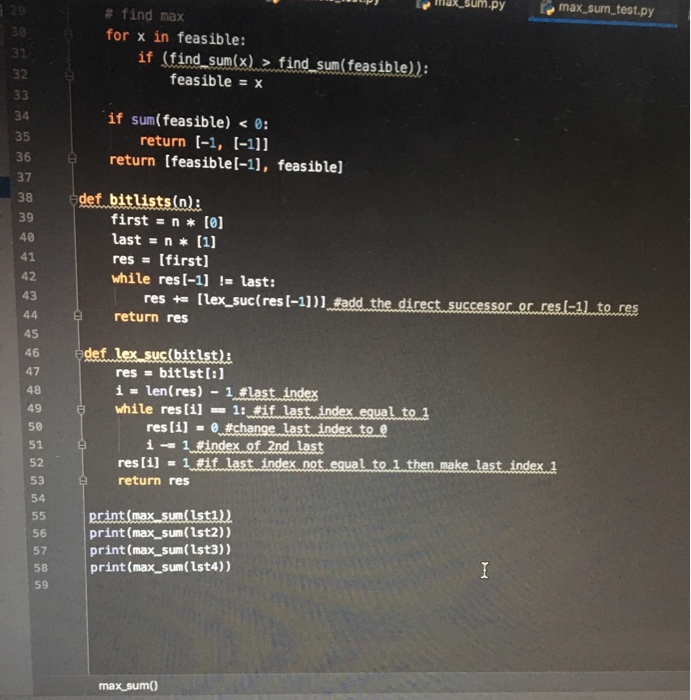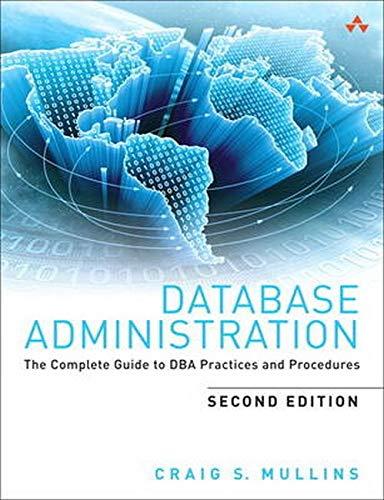Answered step by step
Verified Expert Solution
Question
1 Approved Answer
can someone help me correct my code using bitlist to solve this question or if you can code it again using bitlist will be much
can someone help me correct my code using bitlist to solve this question or if you can code it again using bitlist will be much appreciated. thanks. 



Step by Step Solution
There are 3 Steps involved in it
Step: 1

Get Instant Access to Expert-Tailored Solutions
See step-by-step solutions with expert insights and AI powered tools for academic success
Step: 2

Step: 3

Ace Your Homework with AI
Get the answers you need in no time with our AI-driven, step-by-step assistance
Get Started


